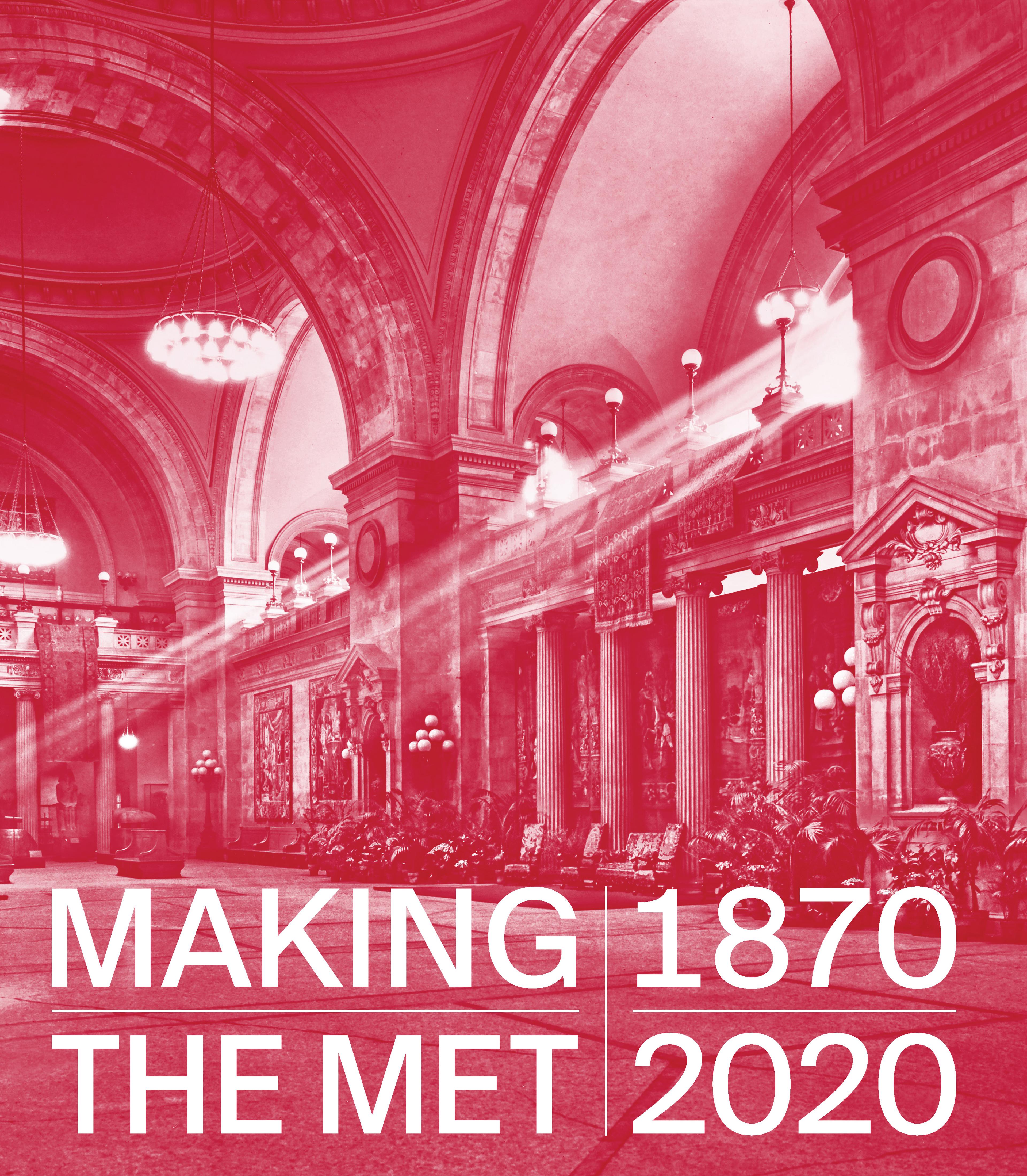The Dance Class
Artwork Details
- Title: The Dance Class
- Artist: Edgar Degas (French, Paris 1834–1917 Paris)
- Date: 1874
- Medium: Oil on canvas
- Dimensions: 32 7/8 x 30 3/8 in. (83.5 x 77.2 cm)
- Classification: Paintings
- Credit Line: Bequest of Mrs. Harry Payne Bingham, 1986
- Object Number: 1987.47.1
- Curatorial Department: European Paintings
Audio
6005. The Dance Class
Gallery 815
ALISON HOKANSON: This is Edgar Degas's The Dance Class, and it shows one of Degas's favorite themes, which was the ballet.
KEITH CHRISTIANSEN: The anchor of the composition is the young dancer, in the center, wearing a pink sash. She is executing a position for her examination. At right, the famous ballet master Jules Perrot evaluates her work. All around them is assembled a fabulous crowd of ballerinas and their mothers. Alison Hokanson, of the Department of European Paintings.
ALISON HOKANSON: And you'll note that while the dancer in the center is being watched, all the rest of the figures have an air of being unobserved. My favorite example is the girl just to the left of the mirror, who is staring and looks as if she’s biting her fingernails in nervous anticipation of her exam.
KEITH CHRISTIANSEN: Degas’s famously objectifying eye enables him to create compelling compositions, devoid of any sentimentality. This is what gives them such a modern edginess—and makes him such a supreme artist. He is the quintessential observer.
ALISON HOKANSON: One of the most striking things about this painting is this very strong, up-tilted perspective that rushes us into and out of the scene. And we know that Degas changed the figures in the foreground and shifted the central dancer as he worked. And the end result is this long, winding curve of ballerinas that cascade from the background to the foreground, and I think of them almost as being like notes on a musical staff.
More Artwork
Research Resources
The Met provides unparalleled resources for research and welcomes an international community of students and scholars. The Met's Open Access API is where creators and researchers can connect to the The Met collection. Open Access data and public domain images are available for unrestricted commercial and noncommercial use without permission or fee.
To request images under copyright and other restrictions, please use this Image Request form.
Feedback
We continue to research and examine historical and cultural context for objects in The Met collection. If you have comments or questions about this object record, please contact us using the form below. The Museum looks forward to receiving your comments.
